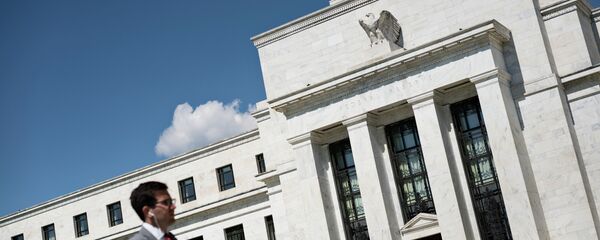Meanwhile, in case the new US administration underperforms delivering their promised fiscal stimulus cutting taxes and boosting budget spending, US growth might also be facing increased downward pressure, rendering the global economic outlook even more volatile and unimpressive at best.
The dollar retreated against a basket of its peers on Friday with the euro advancing to $1.04526 in New York. The previous day, the dollar hit its 13-year highest against the common currency due to the concern of the looming Italian banking crisis. The yen, having dropped some 2.4pc for the week, was flat against the greenback, suggesting more weakness in the US currency is possible in the wake of the rebound in oil and raw material prices.
“Today’s move is a minor correction,” Lutz Karpowitz of Frankfurt-based Commerzbank AG said. “We could easily head a bit lower until the end of the year, but all the arguments are on the dollar’s side. Interest rate expectations in the U.S. show the Fed has regained most of its credibility and the market is now convinced there will be an aggressive rate-hiking cycle.”
Indeed, with another three interest rate hikes scheduled by the Federal Reserve for 2017, US financial assets are set to appreciate, as reflected by the fixed-income market dynamics: the benchmark 10-year US Treasury note halted its declines, along with gold, potentially signaling a renewed investor interest in safe havens.
"Mr. Trump and his team have promised growth of 3.5 to 4 percent or more, which we see as 'magical thinking' unless accompanied by accelerated productivity growth," Michael Carey of New York-based CA-CIB said.
There is still a substantial degree of persistent weakness in emerging markets, in particular, with Brazil in recession, and most Asian economy underperforming due to weak international demand for manufactured goods. With an industrial renaissance in the Trumpian US and the post-Brexit UK, and the still robust German manufacturing powerhouse, commodity prices are positioned for moderate gains – that is, as long as the fiscal stimuli of the US Treasury and the British Exchequer would foster expansion in their respective domestic manufacturing.
"The risks of gray or black swans – negative spillover from the dollar or from US rates upon the rest of the world — was just jacked up a notch," Martin Enlund of Nordea Markets stated. "Will global markets positively digest this hawkish message; or will something break? The latter is usually the case."
The US dollar index is, however, still far below its historic highs: most recently, the measure peaked out at a reading of 163 in early 1984, declining to as low as 80 in mid-1990s. The dollar index currently stands at its 2002 levels at 103.080 after having hovered about 80 in 2005-2014.
"We are getting tightening from a stronger dollar and steeper [US] yield curve now. That's the biggest risk for 2017," Marios Maratheftis of Standard Chartered Plc said.
A pickup in the US economy in 2017 would be greatly beneficial for commodity-exporting nations across the world pushing industrial metals and energy prices up. However, the looming tightening of monetary conditions in many advanced economies and a subsequent credit squeeze would impair consumer demand for manufactured goods, whilst the US abstinence from new trade deals all pose major challenges for Asian economies.






